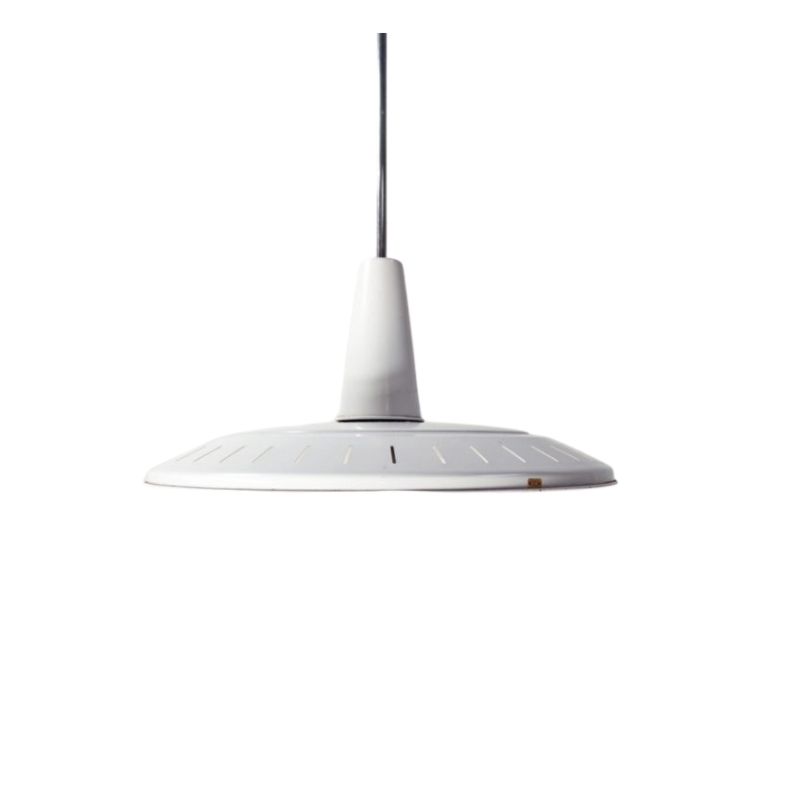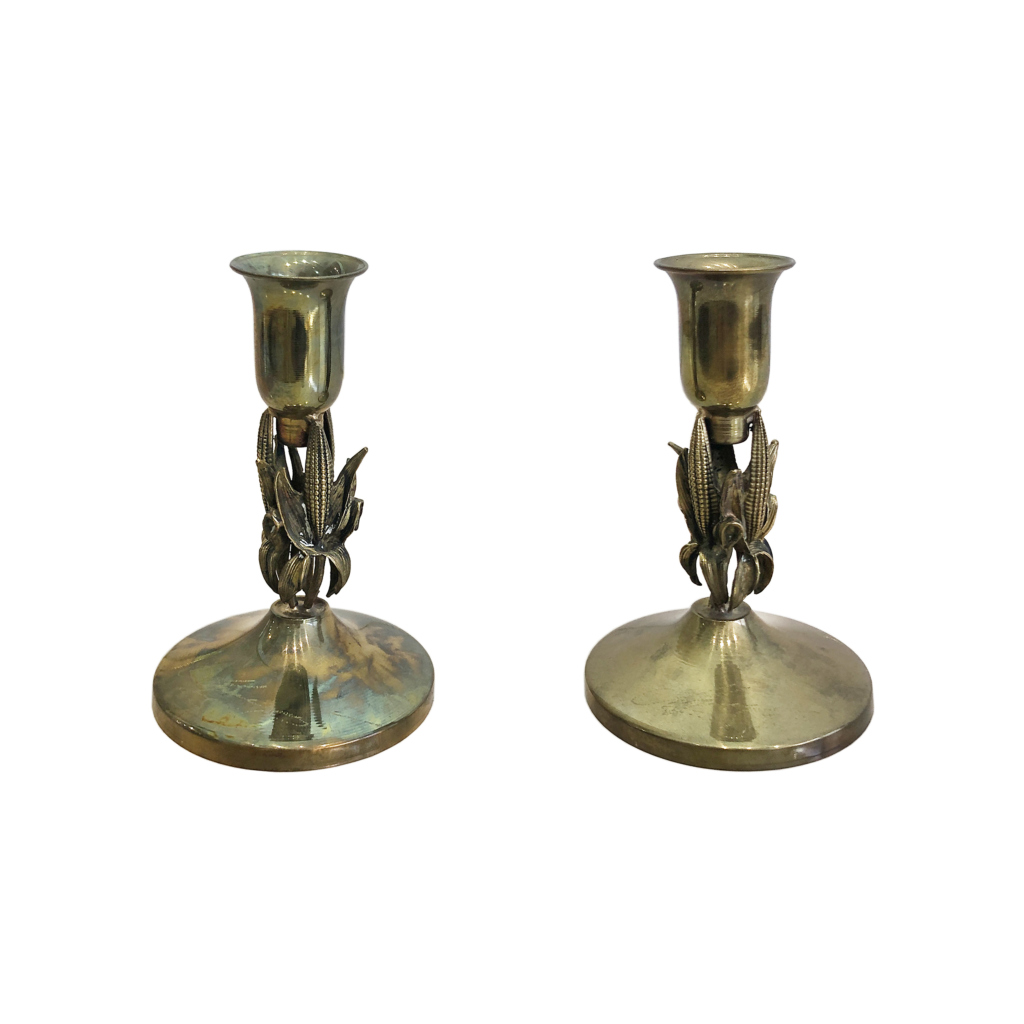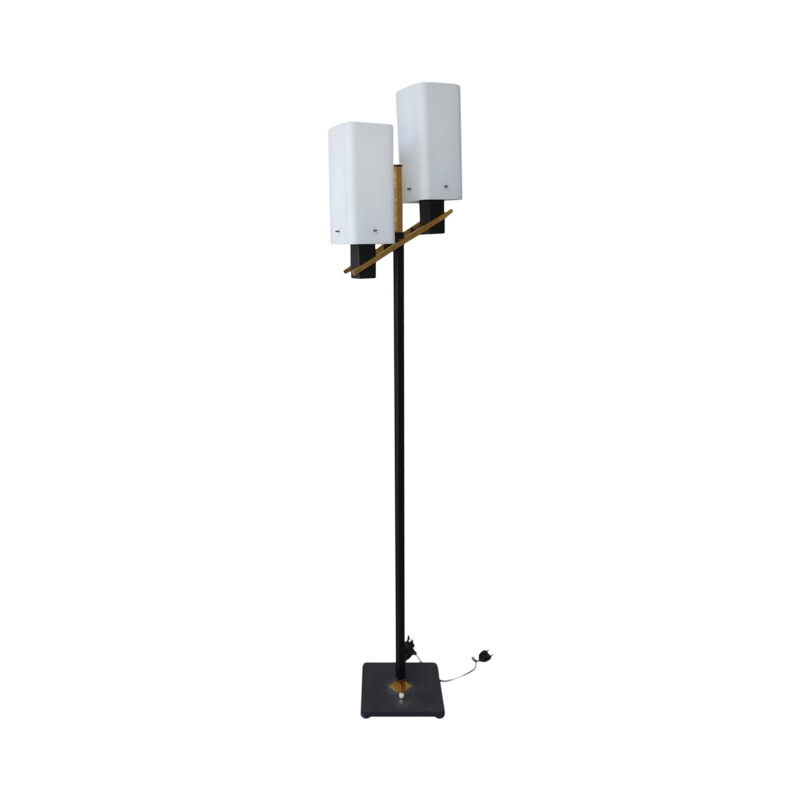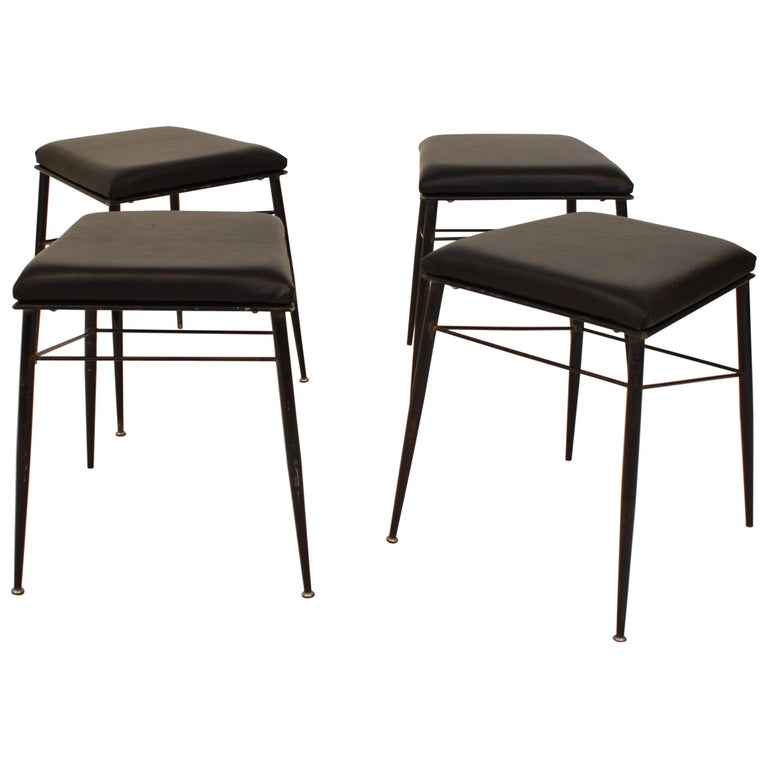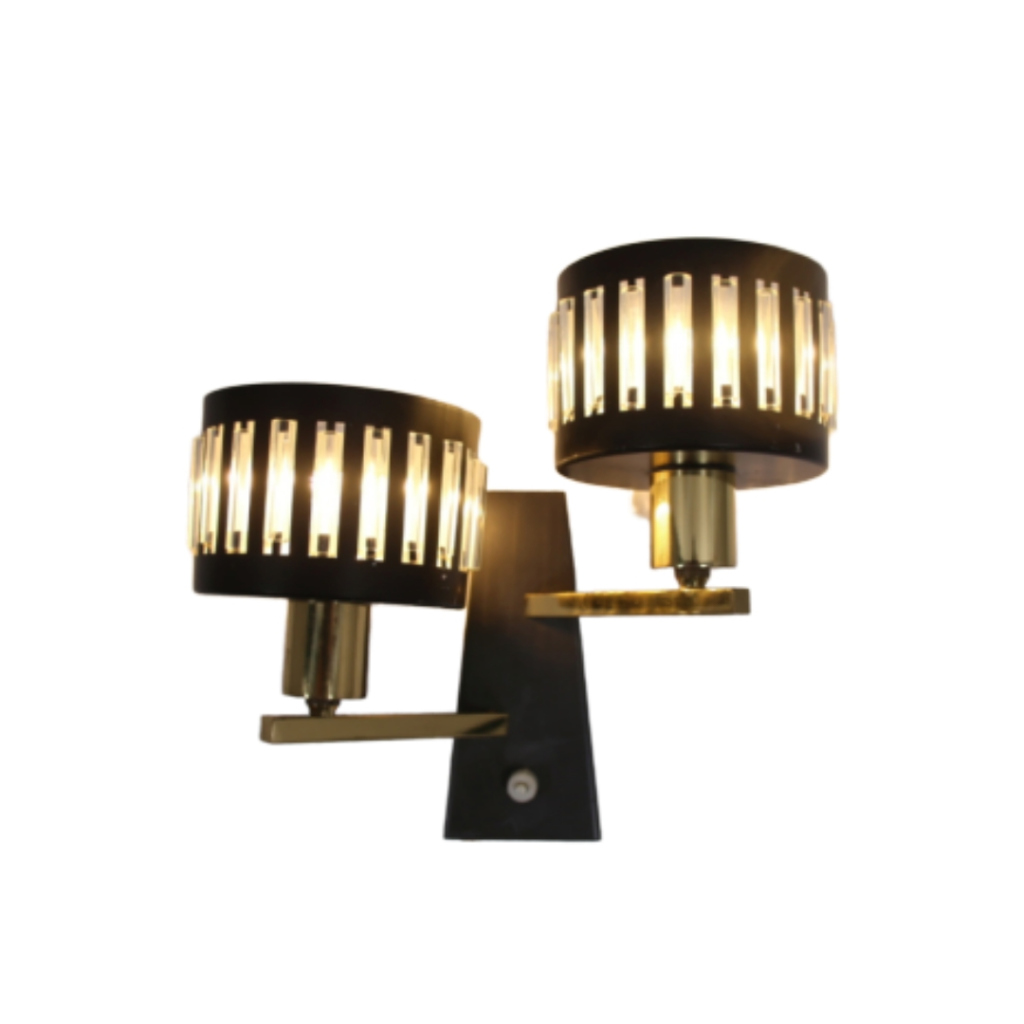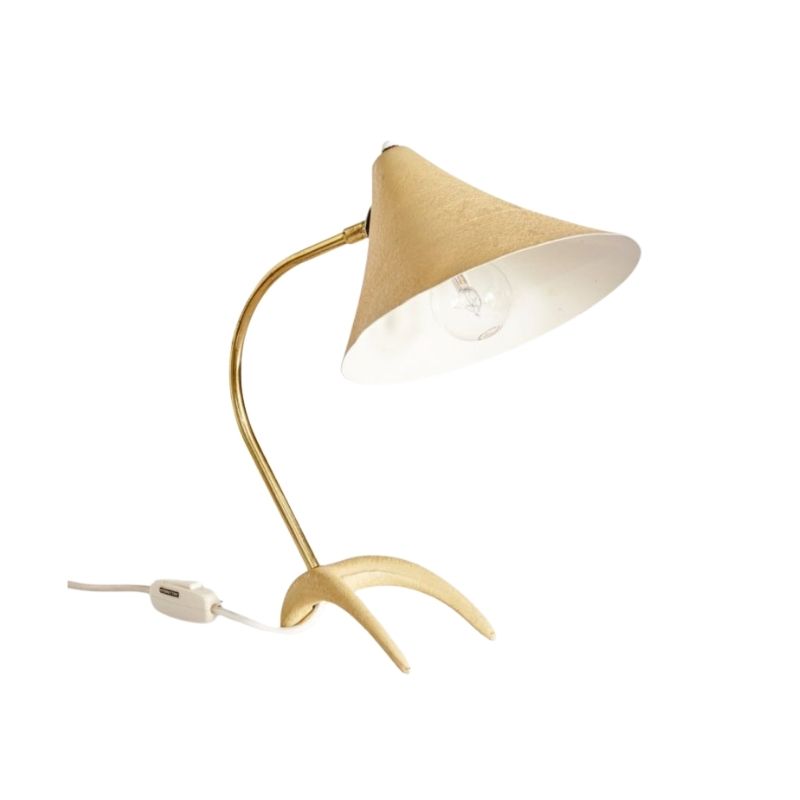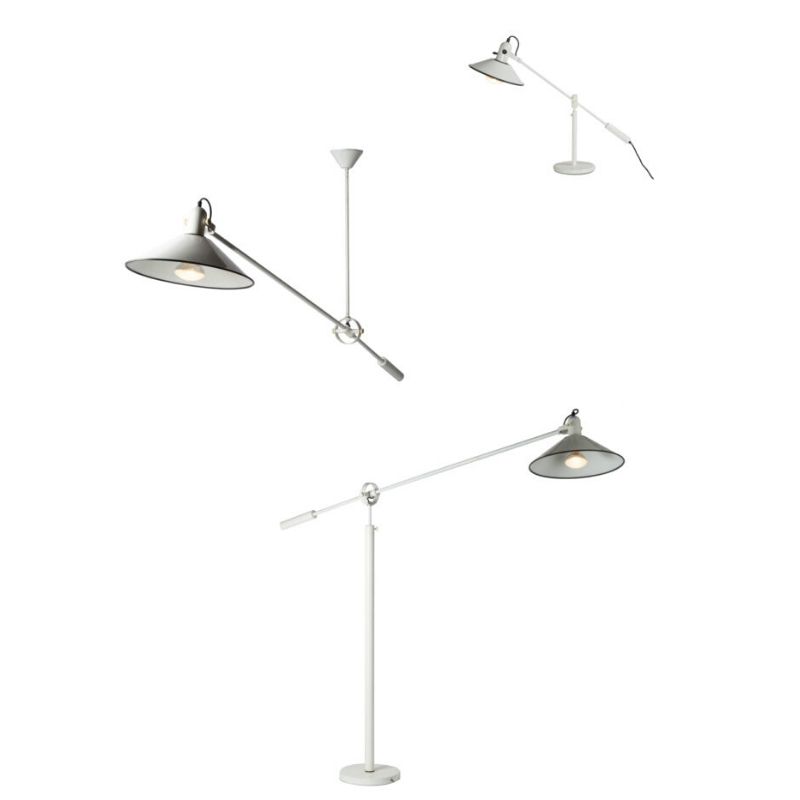Hi.
I have recently purchased an AT-33 sewing table in teak (Hans Wegner for Andreas Tuck).
The two original drawer knobs are missing and have been replaced by new ones, in oak. When I took them off, I realized that the holes drilled in the drawer do not have the same size, one being significantly larger than the other. My first thought is that the previous owners have enlarged the original hole to fix some new knobs. I was pissed.
But after oiling the table, I realized that the smaller hole is equiped with a kind of wooden ring to reduce its size. Does anyone know if this wooden "ring" is original to the table?
I will have soon new knobs made by a specialist and I would like to know if I need to order one of these wooden rings as well.
Two pictures enclosed;
1. the table, as received.
2. the table after a day of work and half a liter of Guardian teak oil.
Thanks a lot! 

I do not have one of these to look at for reference, but I am always curious about the tricks Wegner employed in his designs. And I could not imagine why there would be an inexplicable reducing ring in one of the holes.
So I looked around, and I have a theory. I think that the knobs had wood shanks that fit into holes in the drawer front and were glued in place. Note I believe the holes did not go all the way through, and there would be no machine screw going through the drawer front front like you expect from conventional cabinet knobs.
I think one of the knobs pulled out, and got lost, but the other would not pull out, so the former owner sawed off the old knob, and drilled a hole through the center of the shank. I think this is the explanation for the wood ring.
Every Wegner designed knob I have seen is attached this way, including a different Tuck piece.
And more convincingly, here is a photo where you can see the back of the drawer front. There is no knob screw. So the handles MUST not be held on with screws.
It is also possible that the handle was held on without glue by means of a blind fox wedge joint. I think glue would have been judged sufficient however, and AT would not have gone to the complexity of a blind fox wedge.
If it had been executed with a fox wedge I seriously doubt that the handle would have pulled off, as it is a joint that is very hard to disassemble.
" former owner sawed off the old knob, and drilled a hole through the center of the shank".
I did not think about this possibility but I believe you are absolutely right. Leif, you are a genius!
I have to say I am a bit pissed with this purchase. I bought it from a private seller living on other side of the country, so I could not see it in person. It was quite more expensive than what I am used to pay for danish modern furniture (400€) and the condition is far from what was advertised...
Lesson learned: the condition of a vintage piece of furniture is highly subjective. Avoid buying anything without seeing it in person first.
Oh and Leif, do you know wich type of wood is used for the compartment of the drawer?
Thanks again.
If you need any help, please contact us at – info@designaddict.com



